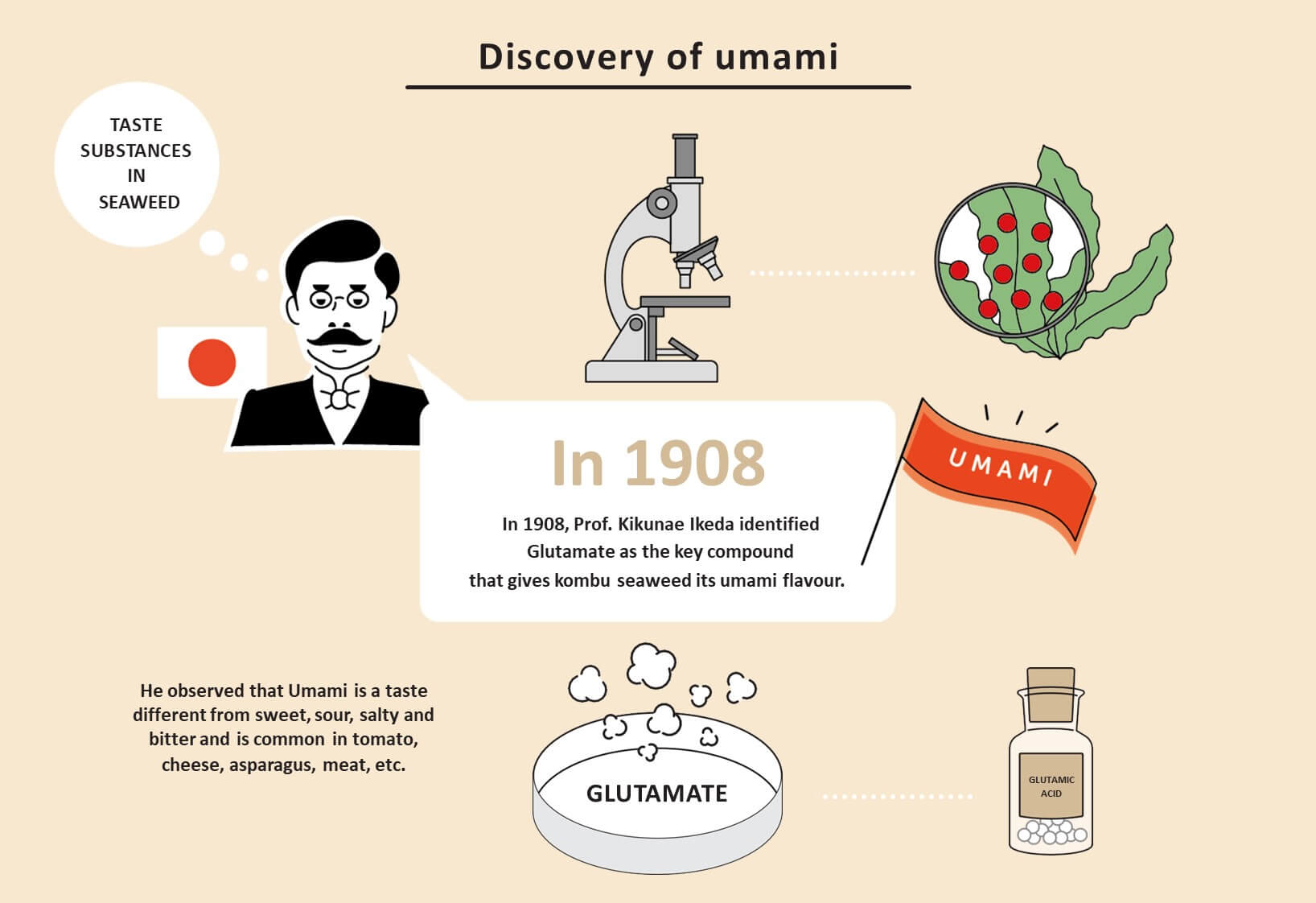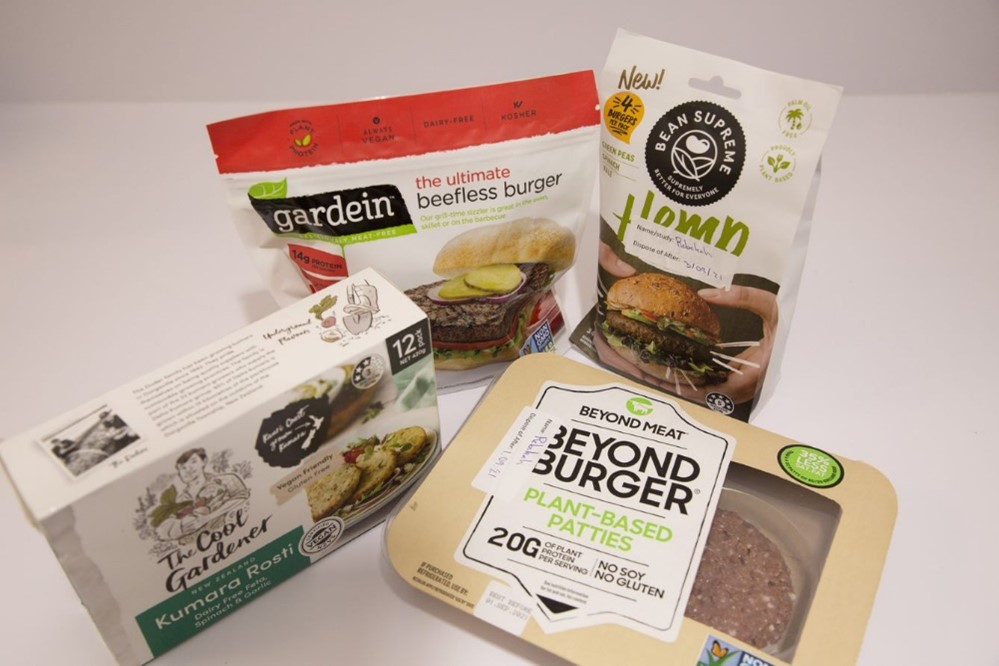
Have you ever eaten a bar of chocolate or a nice meal in a restaurant and had a strong feeling about the food? Maybe the food made you feel happy, excited, or maybe even a little bit disappointed or sad? Well, when people try foods, they often experience feelings!
People who make and experiment with food want to know how consumers feel about particular foods. Usually, consumers are asked to choose words from a list to describe how the food made them feel. This is called an ‘explicit’ approach because consumers are consciously choosing words to describe their feelings.
But sometimes, consumers don’t even actively realise how they feel about a food! This is called an ‘implicit’ approach because their feelings are more subconscious or hidden.
At the Consumer Dimensions of Future Foods project, researchers wanted to know if there is a difference between the way consumers tell us how they feel about food when using explicit versus implicit approaches.
Here is the story…
How do we make decisions or choices?

Sometimes people make decisions after thinking carefully and make a choice based on what they already know and believe – this is called an explicit decision.
Other times, when we make decisions, it’s like our brain decides for us without us actively thinking too much, almost like it’s automatic – this is called an implicit decision. Like reaching for a yummy snack without thinking.
Beyond explicit, exploring hidden answers

So, even though consumers might think they feel one way about a food, their true feelings might be different.
Then the question is, do consumers reveal say what they truly feel after tasting foods? Even when they do, is it their implicit feeling? Or have they thought about it explicitly and answer with what they think they feel or even with what they think the researcher may want to hear having thought about explicitly?
Consumer experience through an implicit eye

At the Consumer Dimensions of Future Foods project, first we used an explicit method, where people chose words from list to describe their feelings having tasted milk and different plant-based milk alternatives under no time limit so they could think about their response (Figure 1). We also used an implicit method, where people had to respond as quickly as they could by pressing a keyboard space bar if a feeling that flashed up on screen (Figure 2). This was time pressured and we measure how long it took them to react to a word as a measure of their ‘hidden’ feelings. We then compared the two.


What we found?

Guess what we found… sometimes consumers change their minds between the explicit versus the implicit approach That is for some consumers, the emotion words selected explicitly from a list were different to their implicitly selected emotion words. So, explicit, and implicit approaches tell us somewhat different stories about how the same product set made consumers feel.
This finding leads to our next set of questions…
Which approach better predicts which products consumers will buy in the real world? Or do we need a combination of both? Are our findings relevant to other product categories as well?
To answer these questions, we need more research to find optimum ways of measuring how food products make consumers feel (consumer emotional experience) to improve our understanding of consumer food preferences and choice behaviours.










































